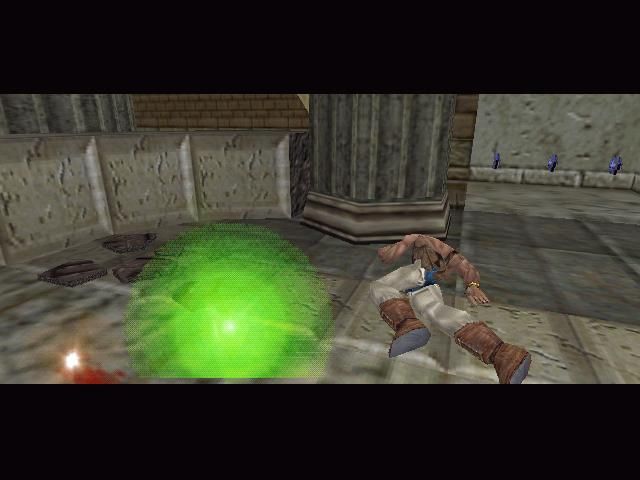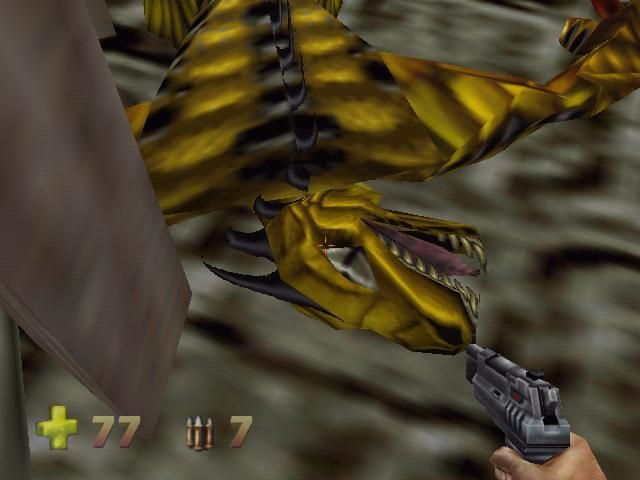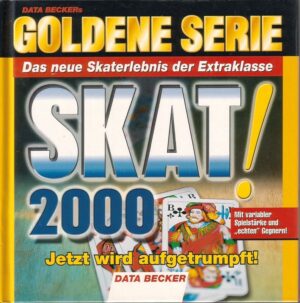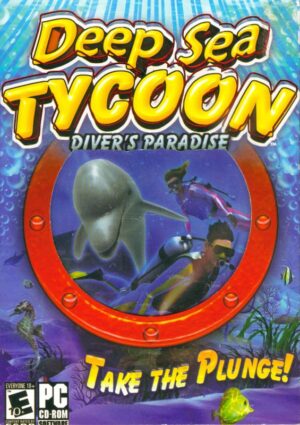Retro Replay Review
Gameplay
Turok 2: Seeds of Evil builds upon its predecessor’s foundation by widening the player’s arsenal and deepening level complexity. The armory is twice as large, introducing innovative weapons like the discus-like Razor Wind, the strategic proximity mine layer, and the infamous Cerebral Bore – a homing grenade that seeks out an enemy’s head before detonating. Each weapon handles differently, encouraging experimentation and strategic play as enemies grow tougher and more varied.
(HEY YOU!! We hope you enjoy! We try not to run ads. So basically, this is a very expensive hobby running this site. Please consider joining us for updates, forums, and more. Network w/ us to make some cash or friends while retro gaming, and you can win some free retro games for posting. Okay, carry on 👍)
Level structure in Turok 2 emphasizes exploration and backtracking in service of progression. Between finding keys to unlock portals and defending one of the five sacred totems, players must navigate expansive environments filled with hidden rooms, switches, and platforming challenges. The addition of spiritual powers such as immunity to lava or enhanced jumping adds Metroidvania-style depth, as returning to earlier stages with new abilities reveals previously inaccessible areas.
Multiplayer remains a standout feature, offering frantic deathmatches and capture-the-flag battles for two to four players. The balance of weapons and the variety of arenas make for chaotic, fast-paced sessions that showcase the engine’s capabilities. Though local multiplayer only, the mode laid the groundwork for the standalone Turok: Rage Wars, proving the series’ strength in competitive combat.
Graphics
On its release platform, Turok 2 pushed the hardware to deliver some of the most detailed textures and lighting effects of its era. Environments range from moss-covered ruins to fiery volcanic caverns, each rendered with dynamic shadows that enhance the sense of depth. The particle effects during weapon fire and environmental hazards contribute to an immersive atmosphere.
The game’s gore system remains a talking point: limbs can be severed, and blood spatters decorate surfaces, heightening the visceral thrill of combat. While crude by modern standards, these effects were groundbreaking at the time and still hold up in terms of their raw impact. Character models are robust, with distinct silhouettes for each dinosaur hybrid and insectoid foe, making it easy to identify threats at a glance.
Animations, while occasionally stiff, do a solid job of conveying weight and menace, especially during boss fights. The engine supports large-scale arenas and high enemy counts without significant slowdown, ensuring the action remains smooth. Overall, the graphics strike a balance between technical achievement and artistic design, immersing players in a world that feels both alien and primal.
Story
The narrative picks up immediately after Turok’s victory over the Campaigner, as he hurls the Chronocepter into a volcano in hopes of ending the conflict. Instead, this act awakens the Primagen, a far more insidious threat buried at the core of the Lost Land. This direct continuation gives returning players a satisfying sense of momentum, while new players can quickly grasp the stakes through concise in-game lore.
Though the plot remains straightforward—stop the Primagen from merging Earth with the nether world—it’s enriched by environmental storytelling. Ruined temples, alien spacecraft wreckage, and cryptic glyphs scattered across levels hint at a broader mythos. Occasional text logs and atmospheric cues flesh out the backstory, encouraging players to piece together the events that led to this new crisis.
Side portals whisk Turok into bizarre pocket dimensions filled with unique adversaries unaligned with the Primagen, sparking curiosity about the wider Turok universe. These excursions feel like tantalizing teasers for future installments, reinforcing the sense that the Lost Land is vast and full of secrets beyond the main objective. The story may not break new narrative ground, but its blend of action and mystery keeps players engaged from start to finish.
Overall Experience
Turok 2: Seeds of Evil stands as a landmark sequel that refines every element of the original. Its expanded weapon roster, intricate level design, and memorable multiplayer modes deliver hours of varied gameplay. The balance between exploration and combat ensures that players never feel stuck with repetitive objectives, while the introduction of spiritual powers adds satisfying revisit loops.
Visually and aurally, the game excels in creating an immersive world teeming with prehistoric and extraterrestrial threats. The gore and damage models—once considered controversial—now serve as a nostalgic reminder of an era that prized on-screen intensity. Sound effects are punchy, and the soundtrack underscores the game’s tension and scale without ever becoming overbearing.
For fans of classic first-person shooters, Turok 2 offers a challenging campaign and a robust multiplayer suite that holds up remarkably well today. Its blend of primal combat, exploration-driven level design, and pulpy science-fantasy storytelling makes it a must-play for anyone seeking a slice of late-’90s gaming history. Whether you’re diving in for the first time or replaying a nostalgic favorite, Seeds of Evil remains an exhilarating ride from start to finish.
 Retro Replay Retro Replay gaming reviews, news, emulation, geek stuff and more!
Retro Replay Retro Replay gaming reviews, news, emulation, geek stuff and more!









Reviews
There are no reviews yet.